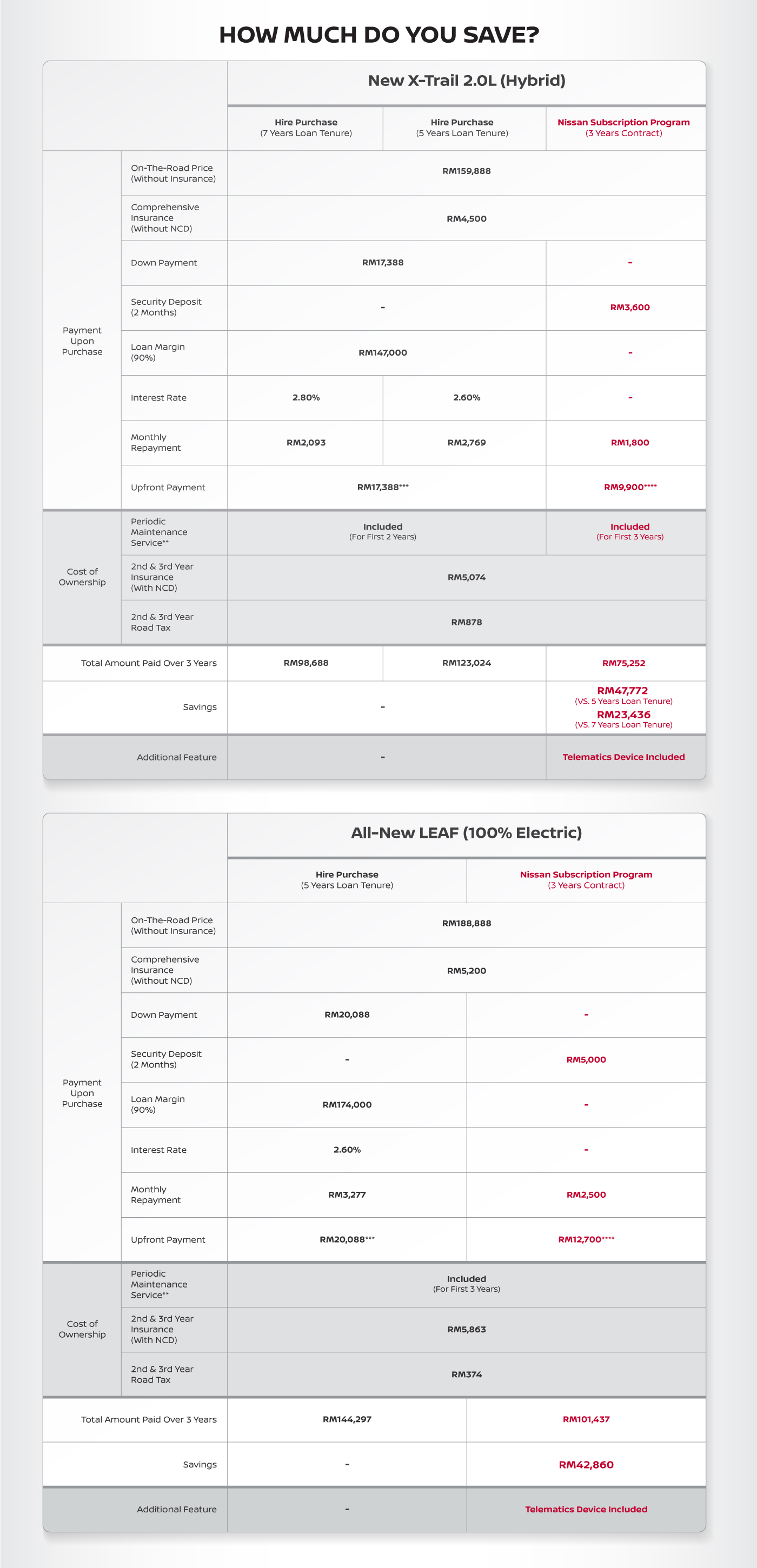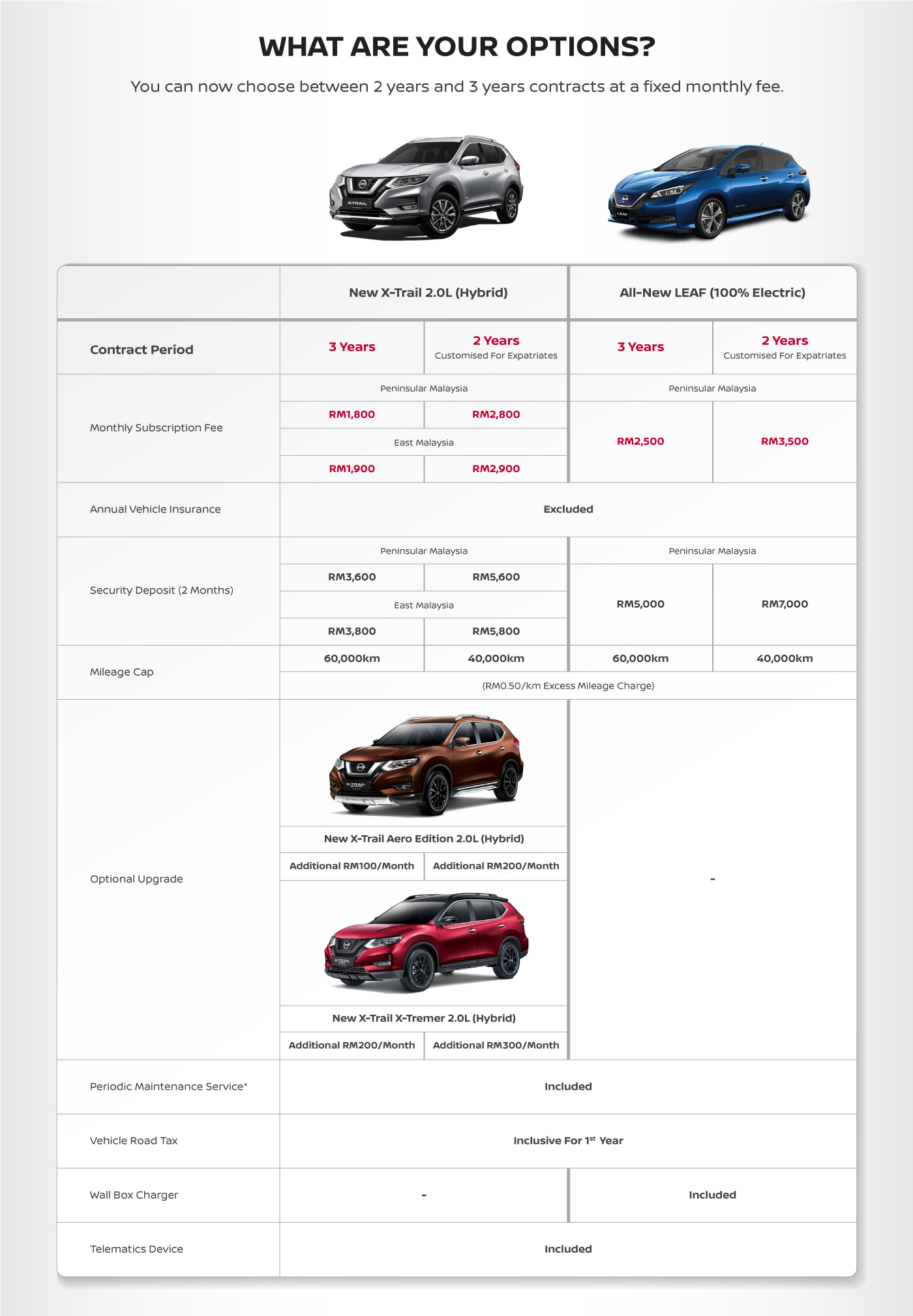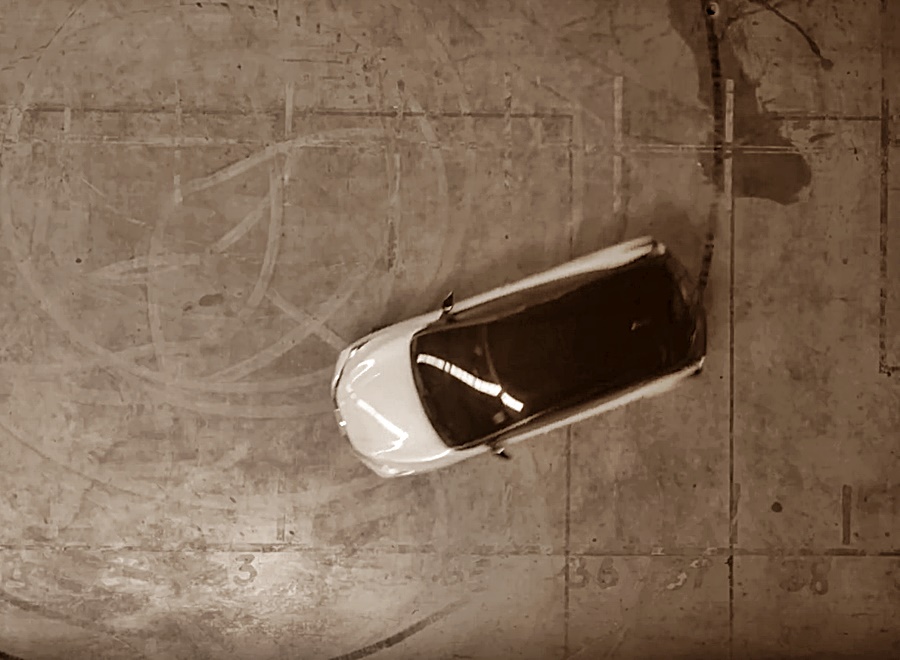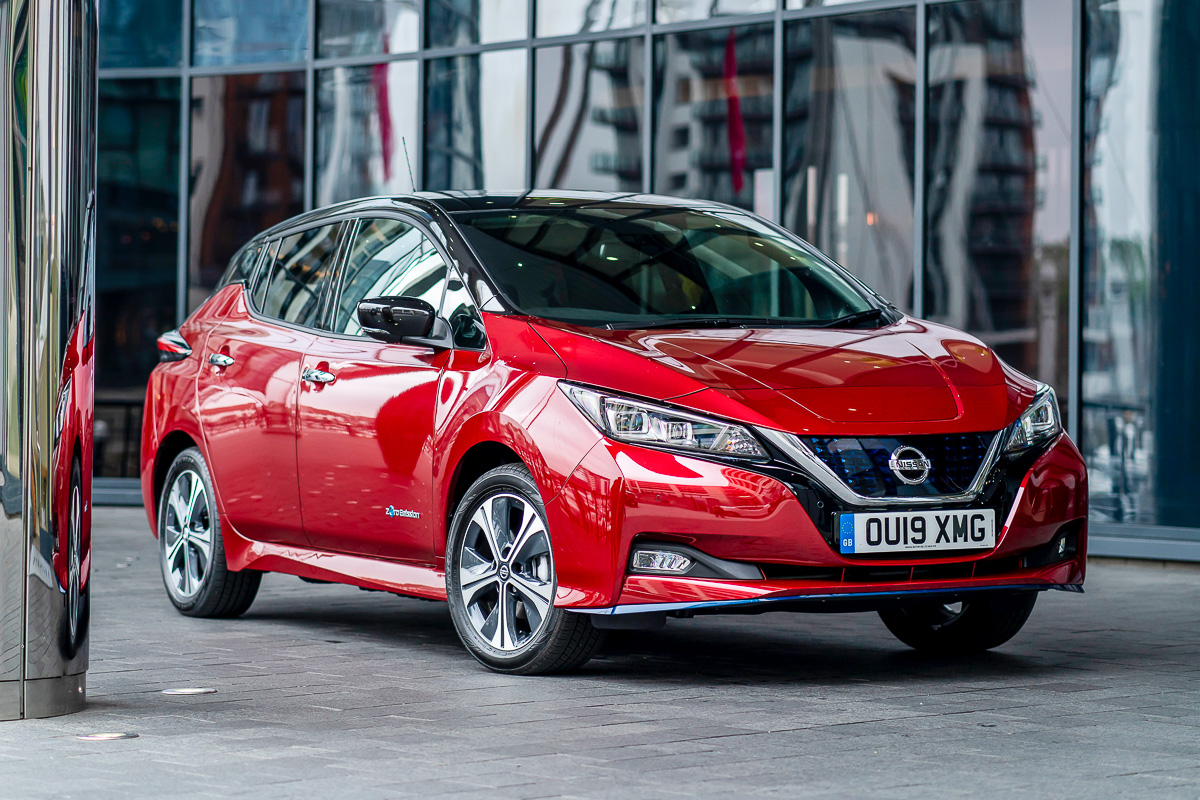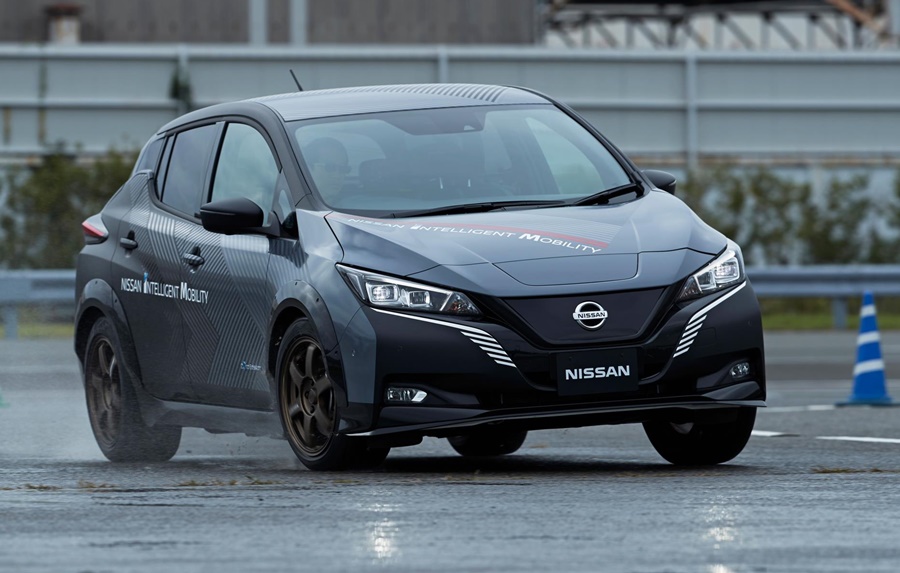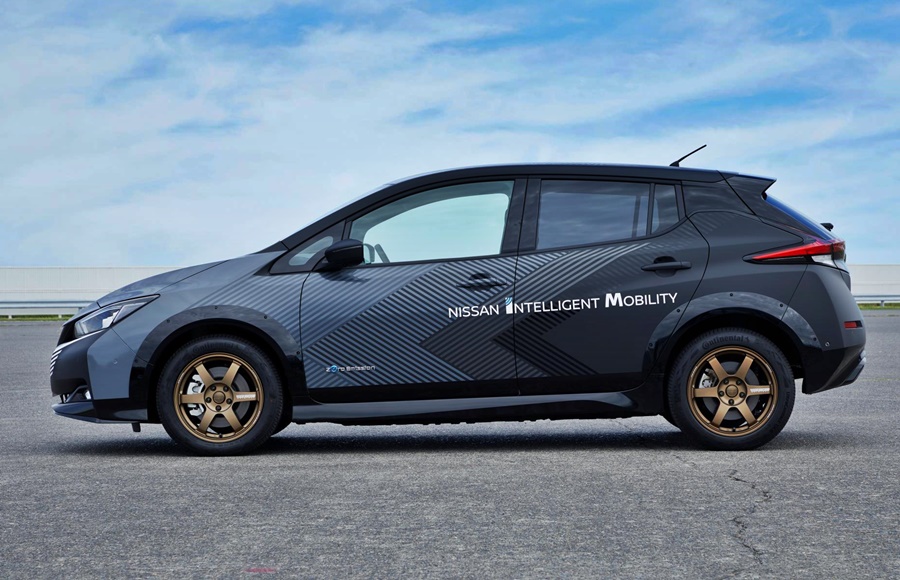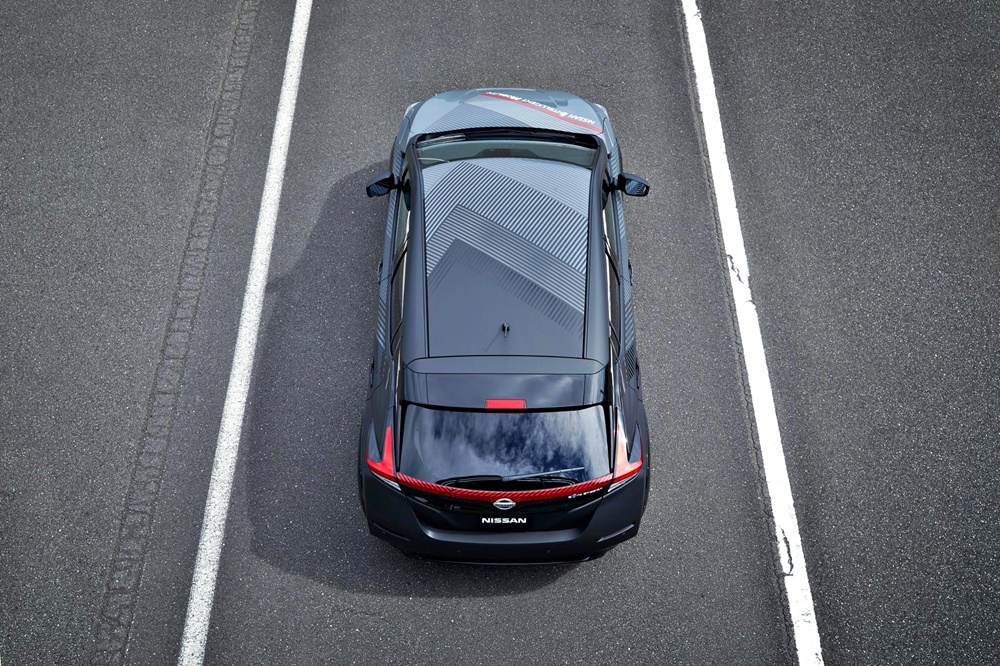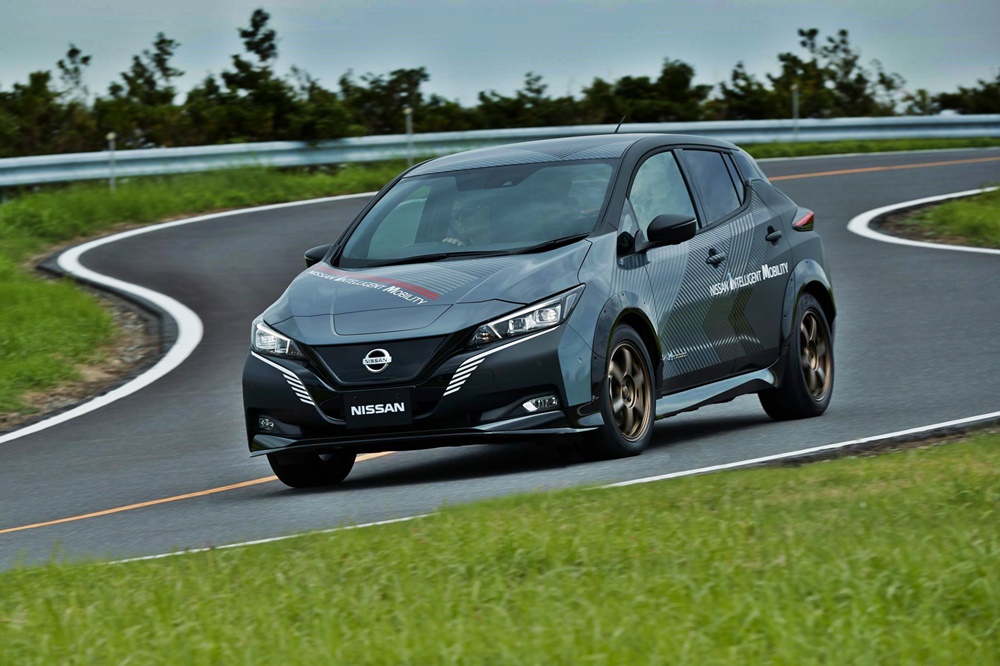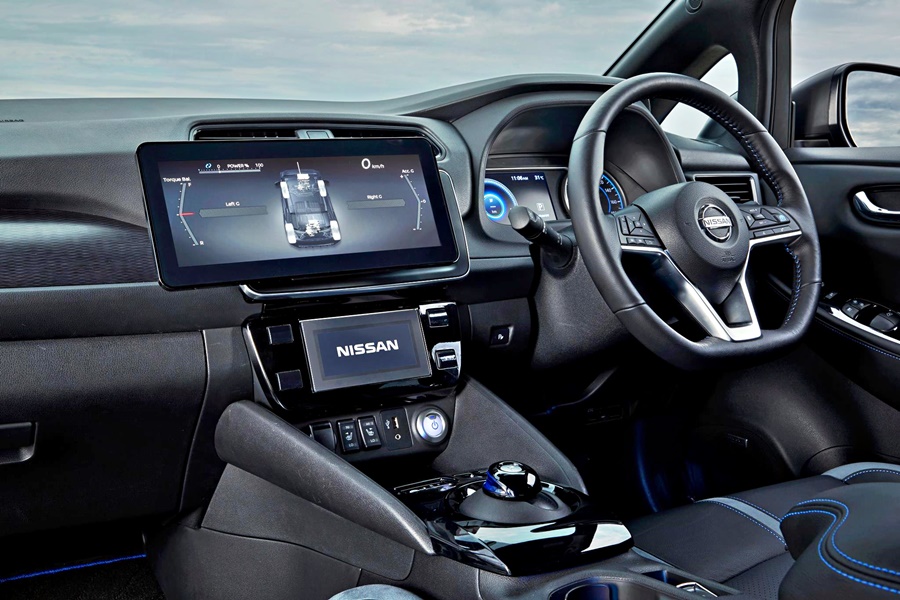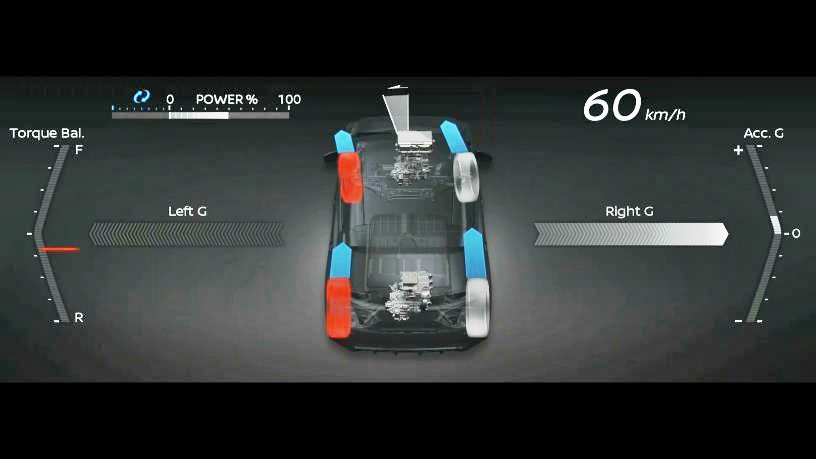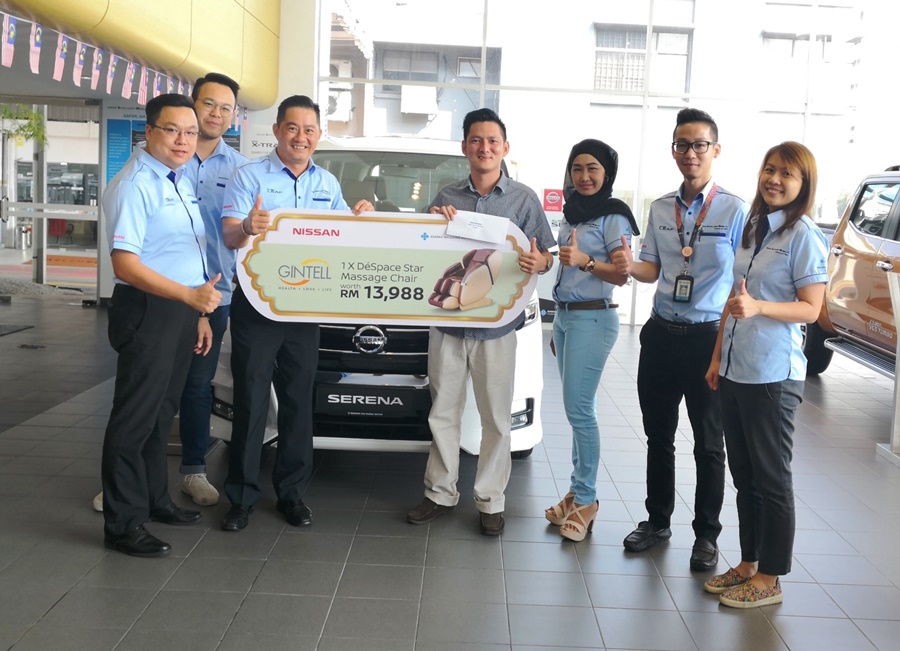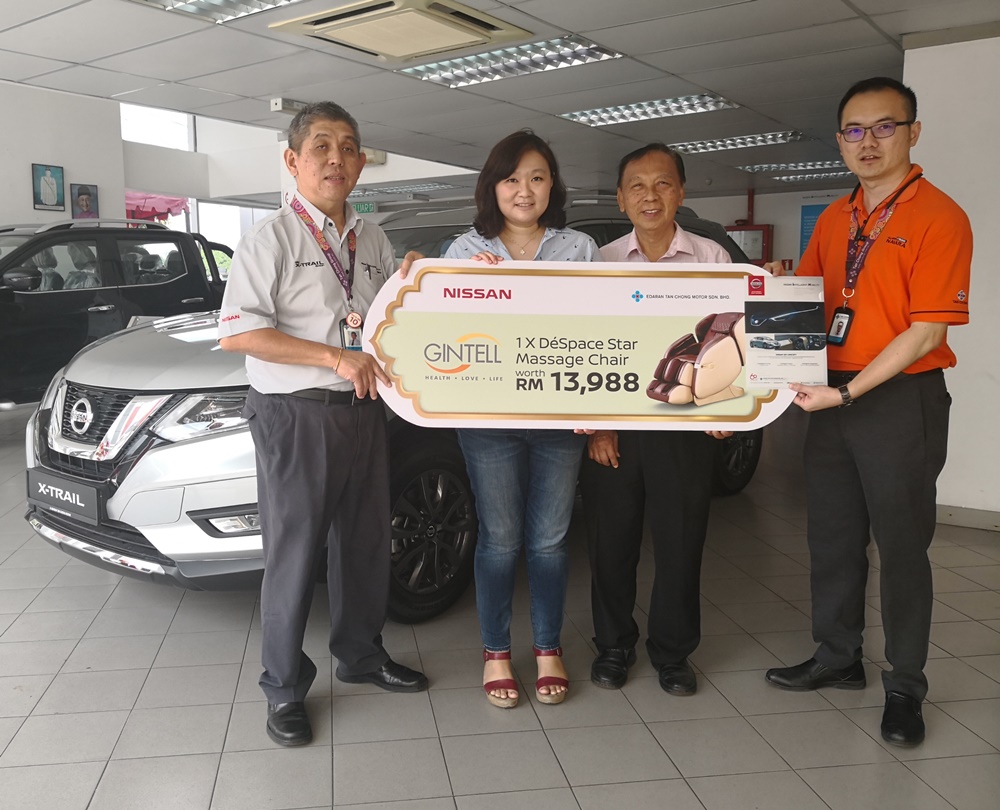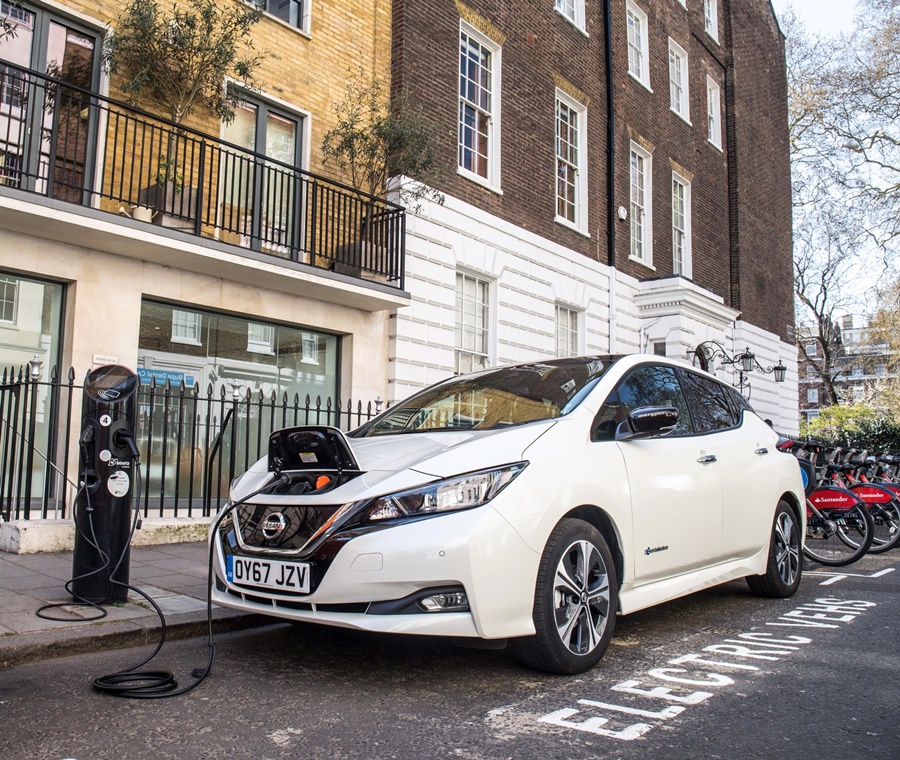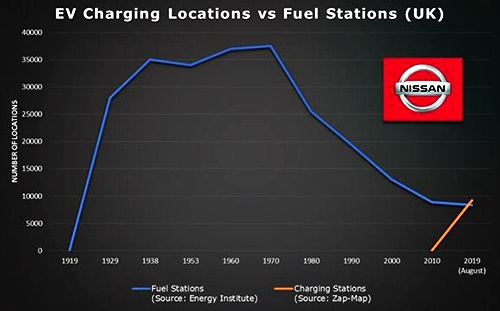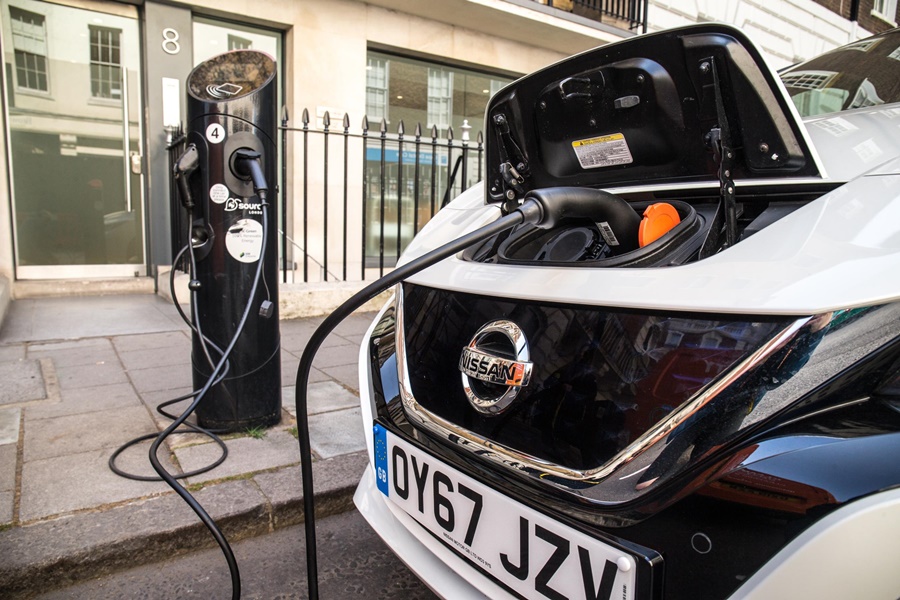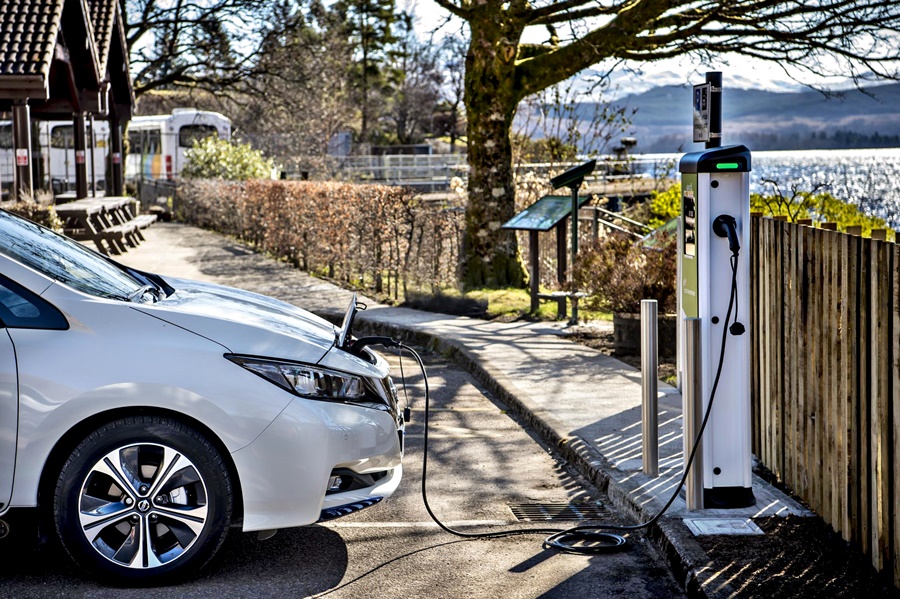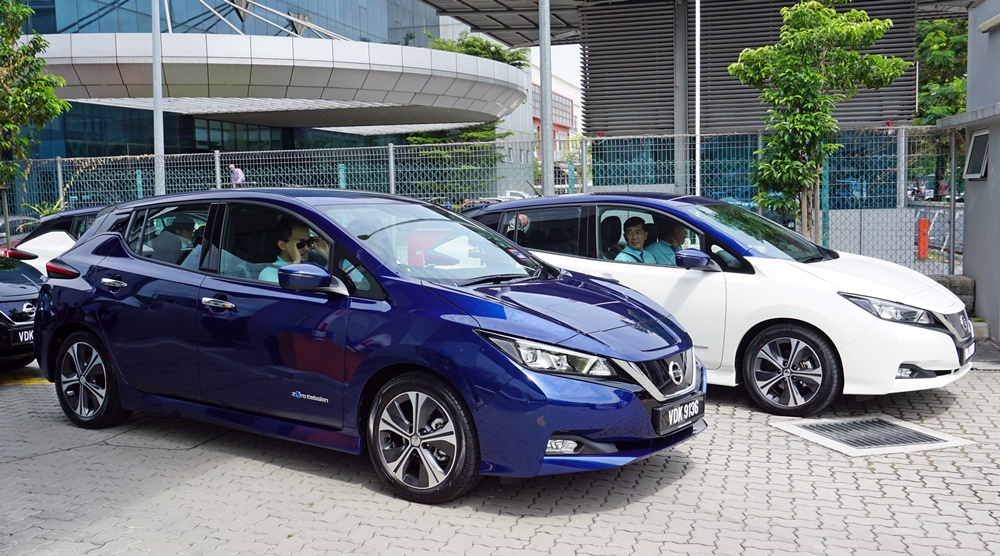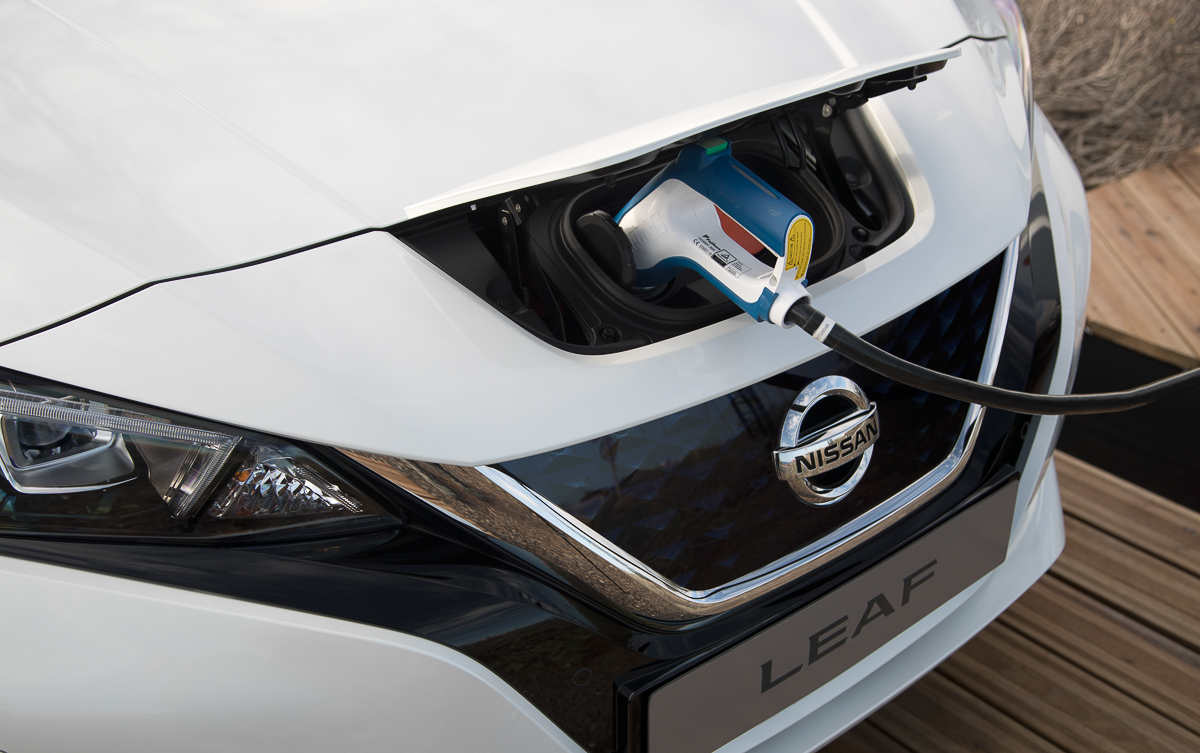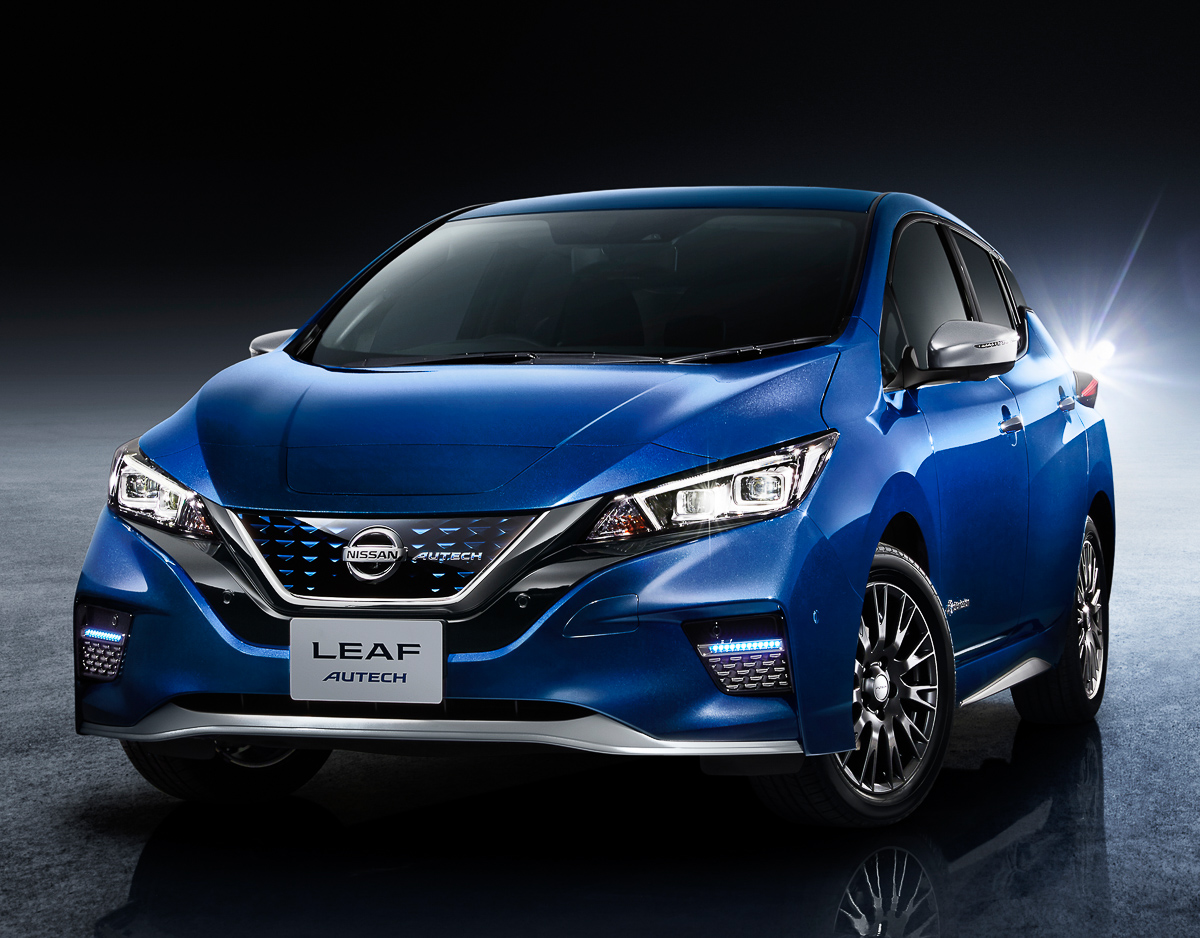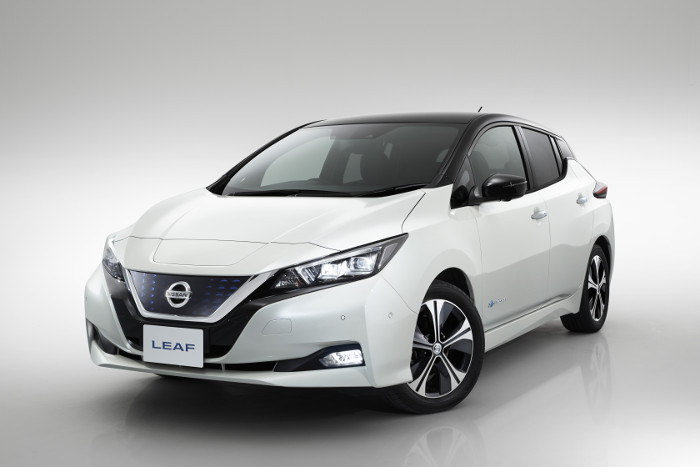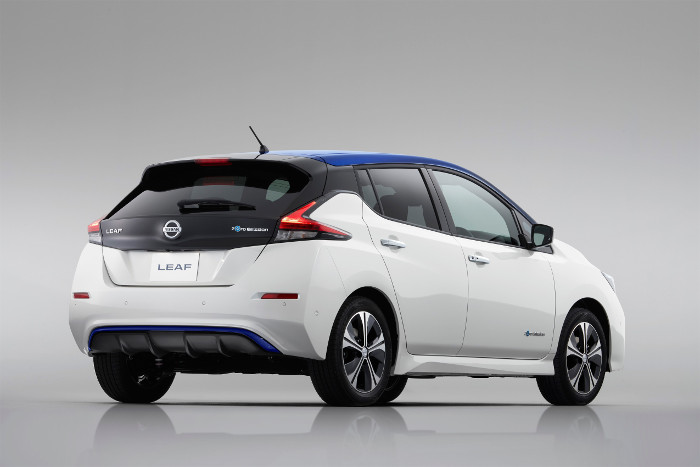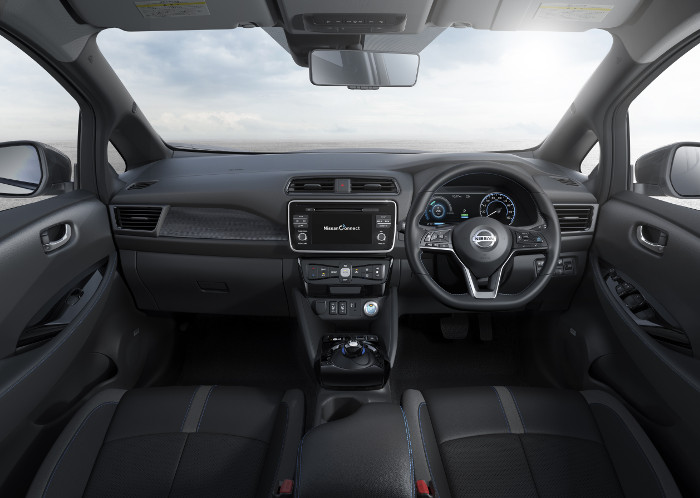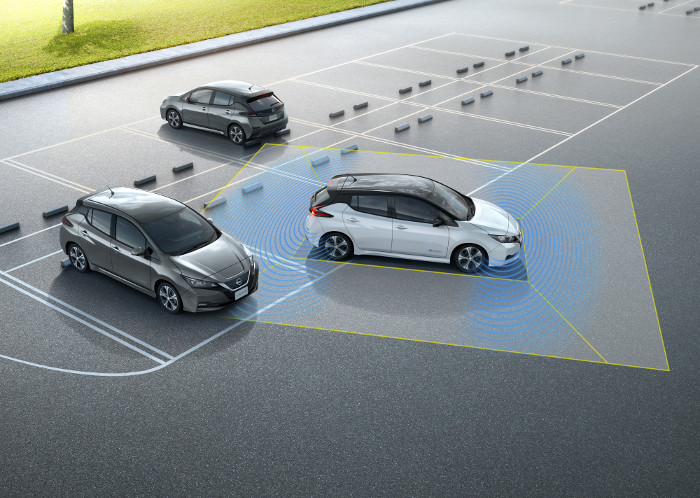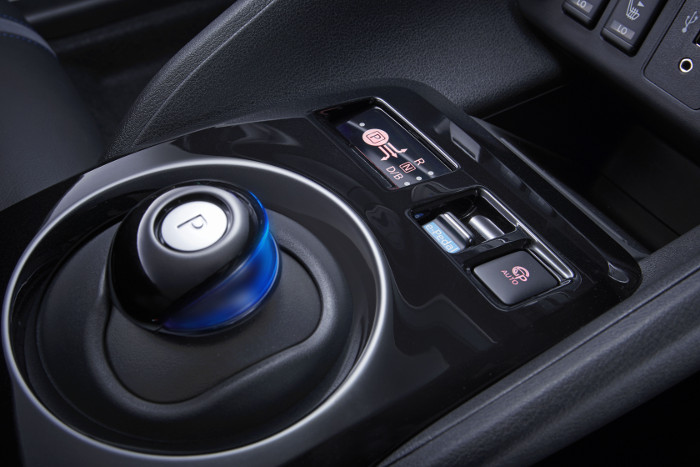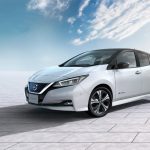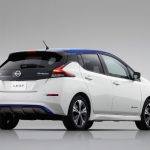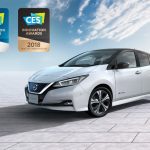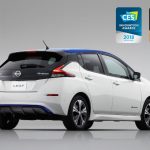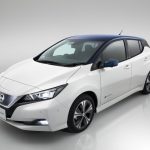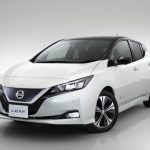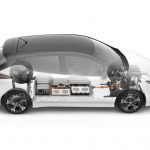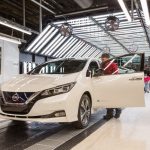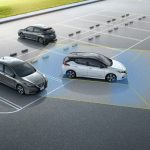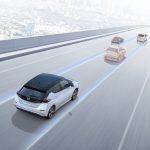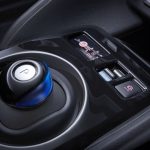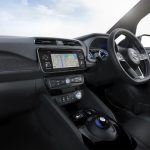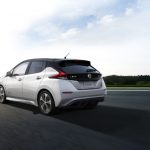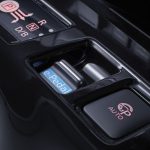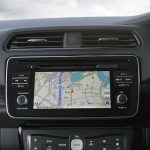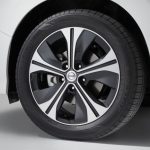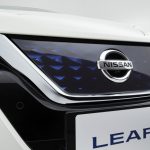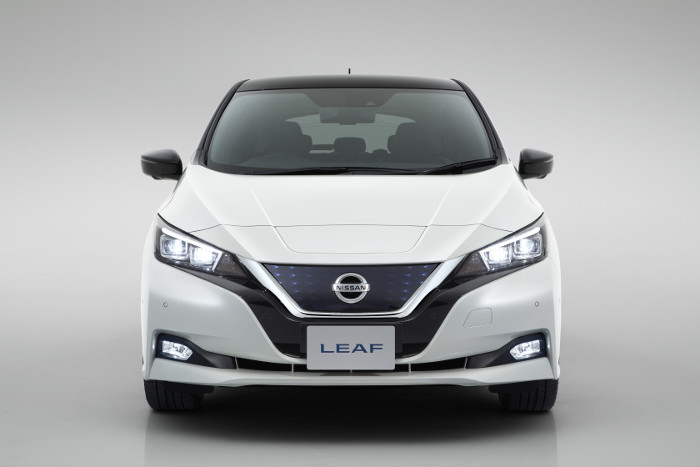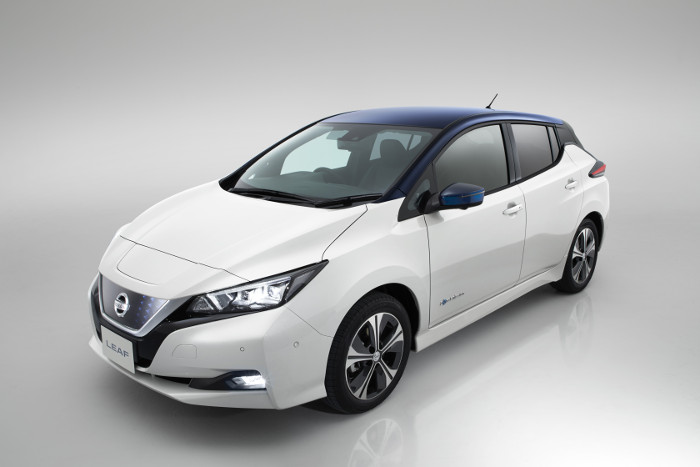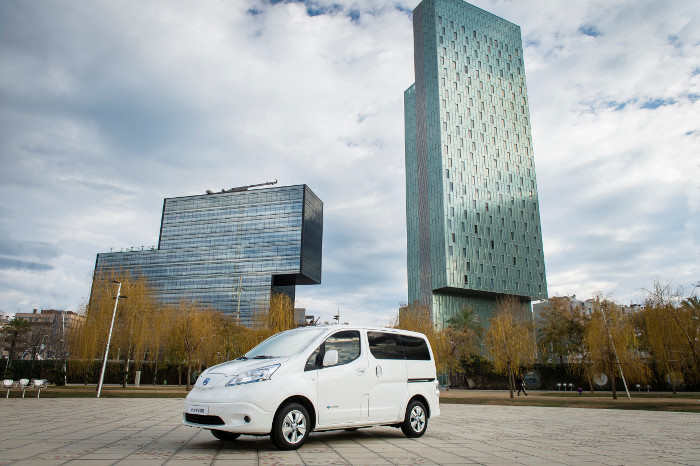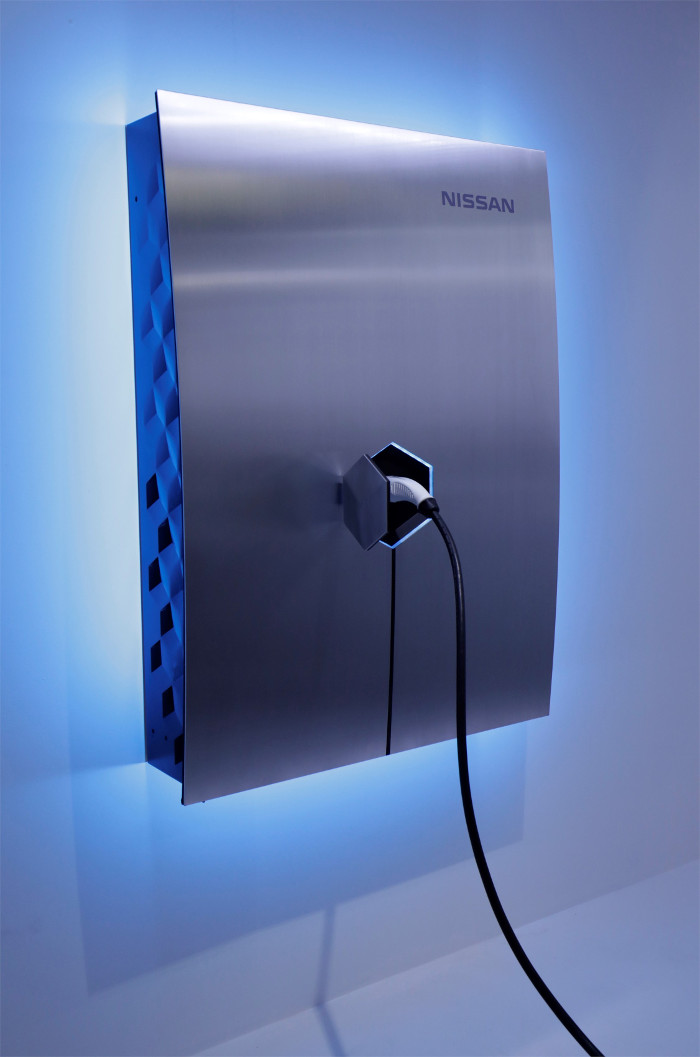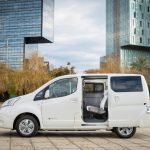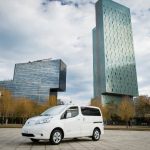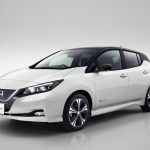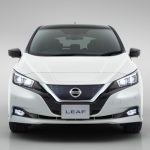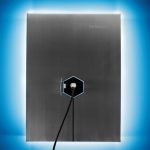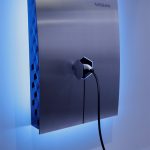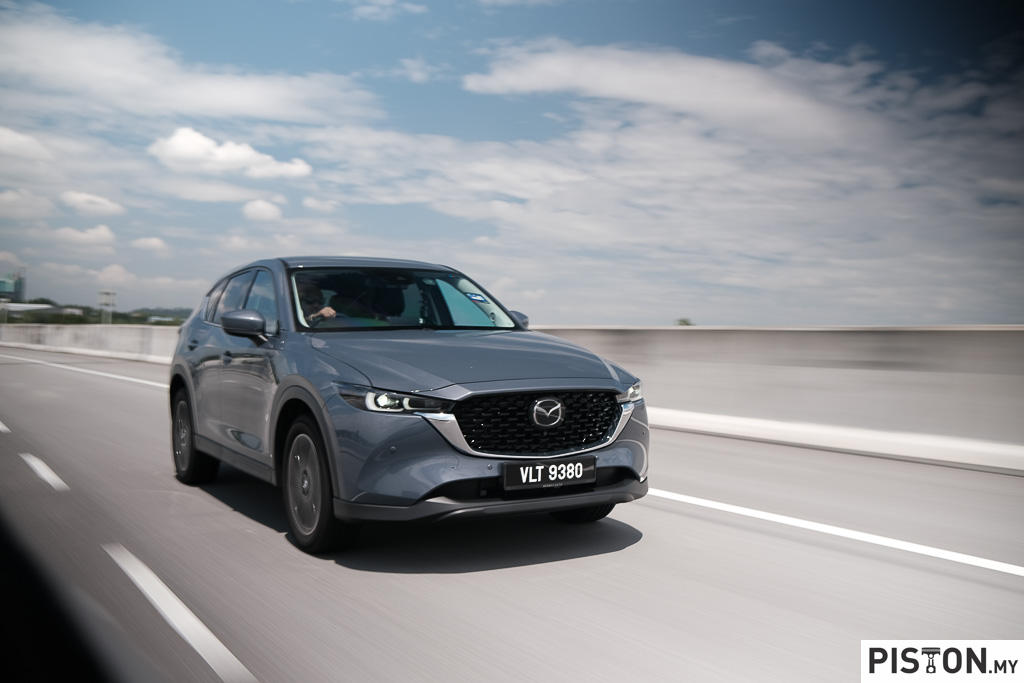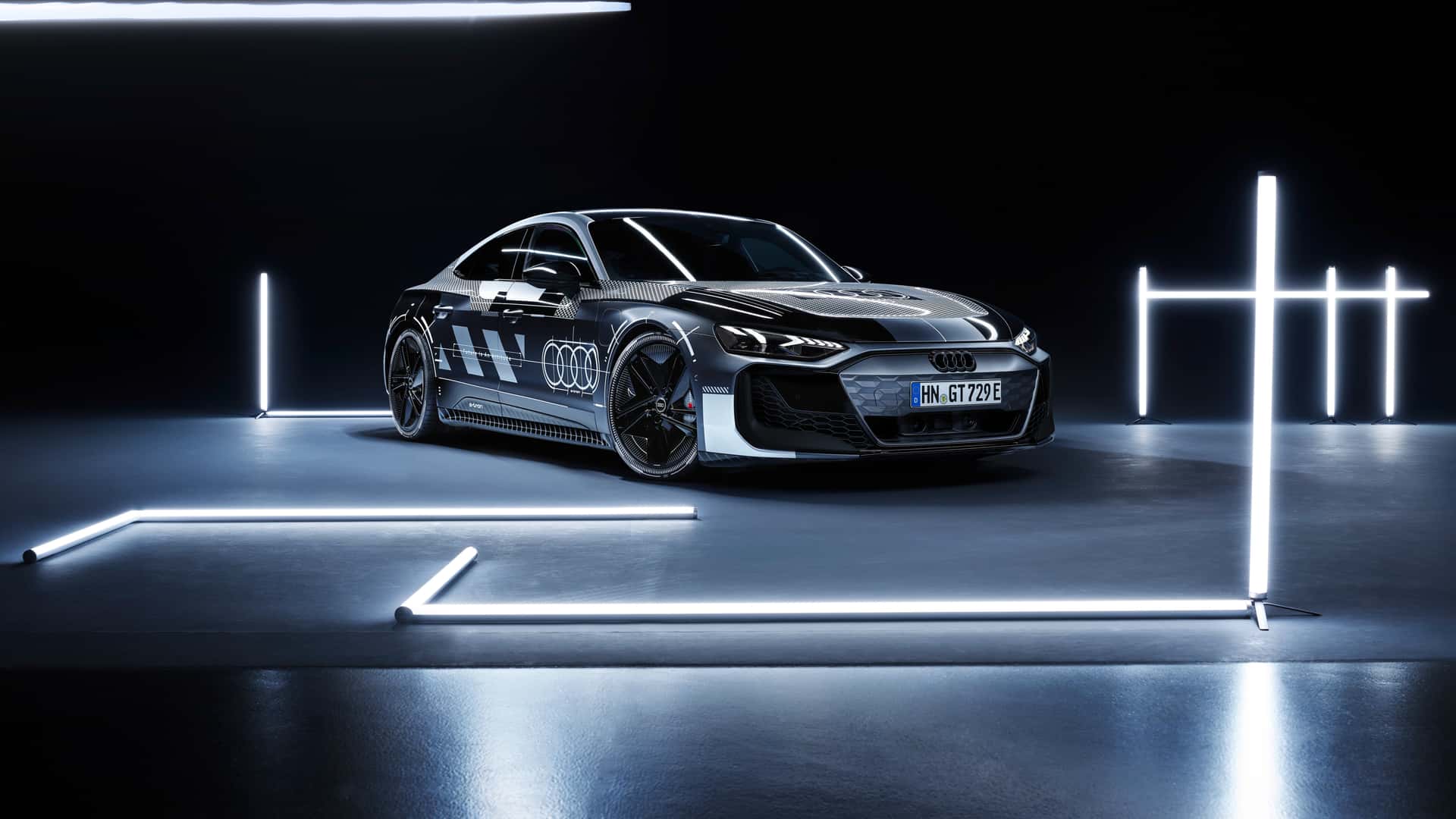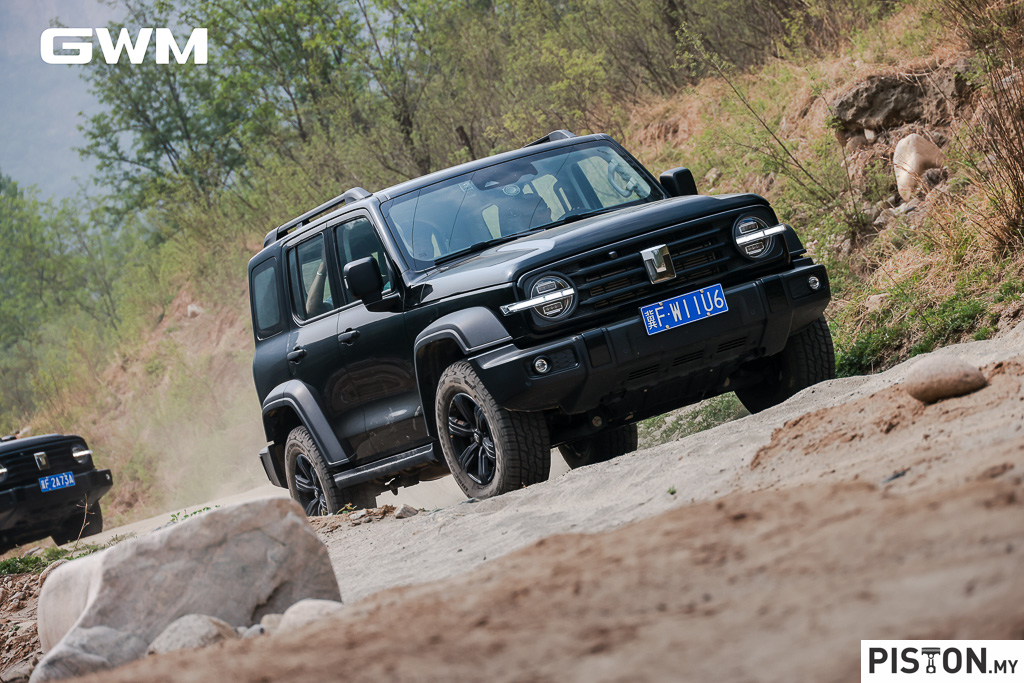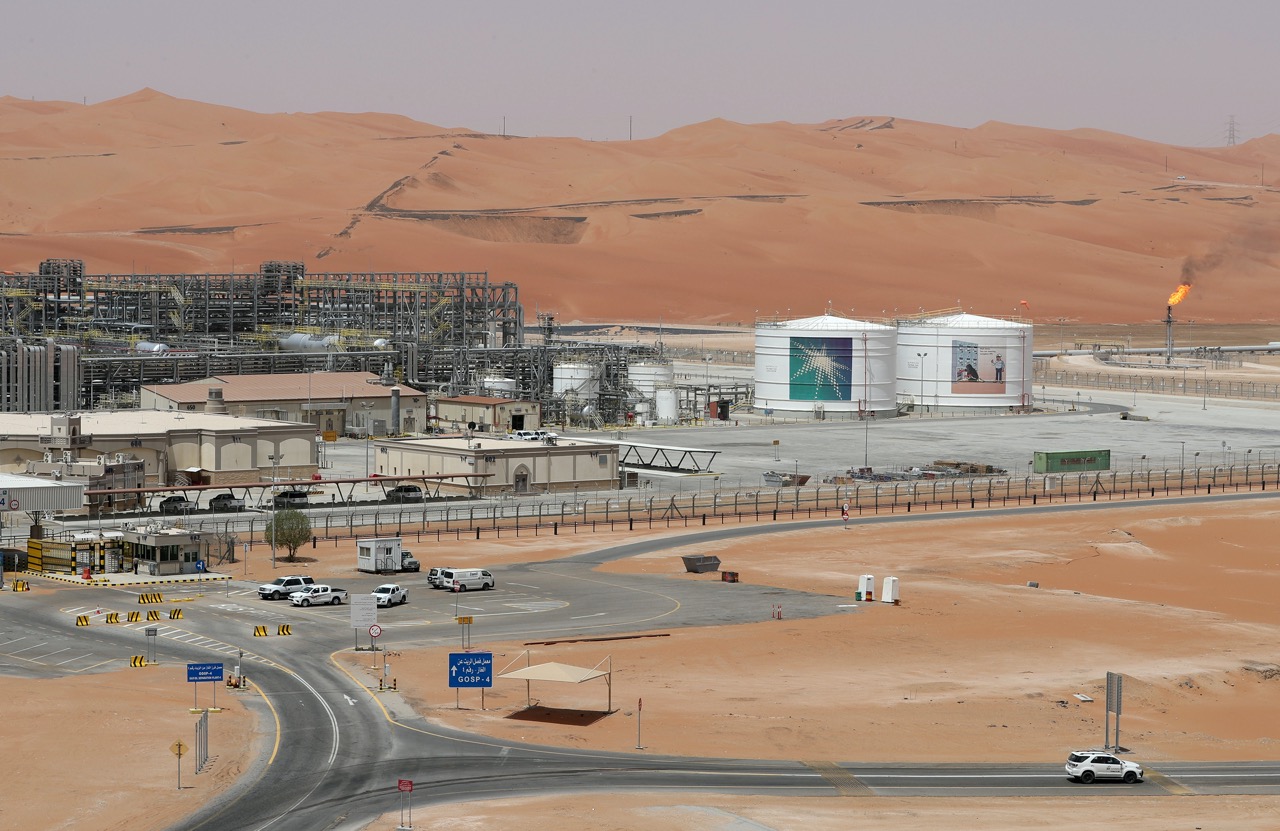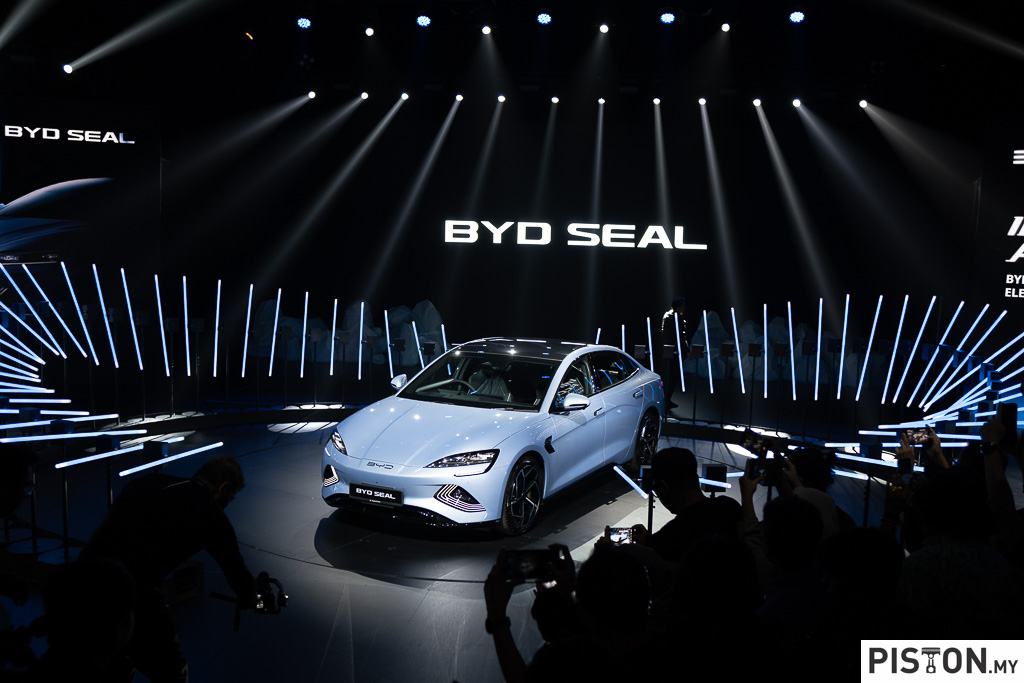This has been a decade of change in the motoring landscape, for the carmakers, the industry as a whole and also motorists. Concerns about the environment and safety have forced the manufacturers to be serious about ‘electrification’ of their products to drastically reduce emissions, and add more safety systems. At the same time, pressures from an increasingly competitive market mean that costs have to keep going down to stay competitive.
For motorists, competition in the market is good, of course, as it means that they have more choices, better deals and more affordable prices. However, times have changed too and priorities are different because of uncertainties of the future. Saving to buy a home is still important to many but the second most expensive purchase – a car – is no longer that important.
Nevertheless, while the public transport system continues to improve, having a car is still a necessity for many people but they don’t necessarily need outright ownership of it. In fact, a recent study has found that to be the case, with 51% of Malaysians (who participated in the survey) saying that they did not need outright car ownership and would be fine with long-term ‘rental’ of vehicles for personal transport.
A new mobility solution
Renting vehicles in its traditional form is expensive but what if there is some way where a company can offer a ‘subscription’ to use the car over a long period. It’s a different approach to car ‘ownership’ and now it’s available to Malaysian consumers as a new mobility solution.
Known as the Nissan Subscription Program (NSP) and offered by Edaran Tan Chong Motor, this new approach can prove to be more advantageous than the traditional hire-purchase (H-P) way of buying and owning a new car. It removes the long-term commitments (up to 7 years these days) of having to pay instalments and being stuck with the same old car over a long period. With new models coming out all the time, having the flexibility to change more frequently would be more desirable for today’s consumers.
Beyond just removing the commitment, the NSP also has other advantages, one of them being no requirement to provide a hefty downpayment at the start. There is the full factory warranty, of course, and all maintenance costs are also covered by the NSP. Sounds great, doesn’t it? And when you work out the costs between a conventional H-P loan and the NSP, there are meaningful savings so your hard-earned money can be used for more important things in life.
Savings of almost RM48,000
Taking the latest Nissan X-Trail HYBRID as an example, the savings can be almost RM48,000 when compared to all the costs involved in a 5-year H-P loan and a 3-year Nissan Subscription Plan (the chart below shows the detailed costing). More importantly, for those who have had concerns about replacement of the battery pack, this too is covered under the maintenance provision, so it won’t be a cost to worry about at any time.
The NSP is also available for the all-electric Nissan LEAF and just as with the X-Trail HYBRID, all maintenance costs are covered over the entire 3-year period of the subscription. Besides saving RM6,800 over 3 years, compared to the costs for a 5-year H-P loan, there’s also no worry about the costs relating to the battery pack.
There are some terms and conditions to the NSP but generally, the main thing is that consumers now have an easier way to maintain personal mobility. At the end of the subscription period, the car can be returned to ETCM or purchased at an agreed price. For those who dislike the hassle of having to sell off their car, the NSP takes that hassle away.
Change every three years
And for those who like to have the latest cars in their driveway or porch, this approach allows them to change their car every 3 years… certainly more frequent than most Malaysians! That’s usually the interval when manufacturers will introduce either the next generation of a model or an updated version.
The NSP is available for periods of 2 or 3 years, with monthly rates starting from RM1,800 for a Nissan X-Trail HYBRID. There are also plans customized for non-Malaysian citizens who may be working in the country and require a car. The NSP can be a more convenient way for them and when they are ready to leave, ETCM can offer them a hassle-free and quick process.
Interested in using the Nissan Subscription Plan for your next car purchase? All you need to do is visit any authorized Nissan dealership and make an application. Within 7 days, when the status of the application is known, payment of the security deposit (refundable), first month’s subscription and insurance premium can be made. Thereafter, depending on vehicle availability and the necessary registration processes, delivery should be within 2 weeks.
For more information on the Nissan Subscription Plan or to locate an authorized Nissan dealership, visit www.nissan.com.my.




